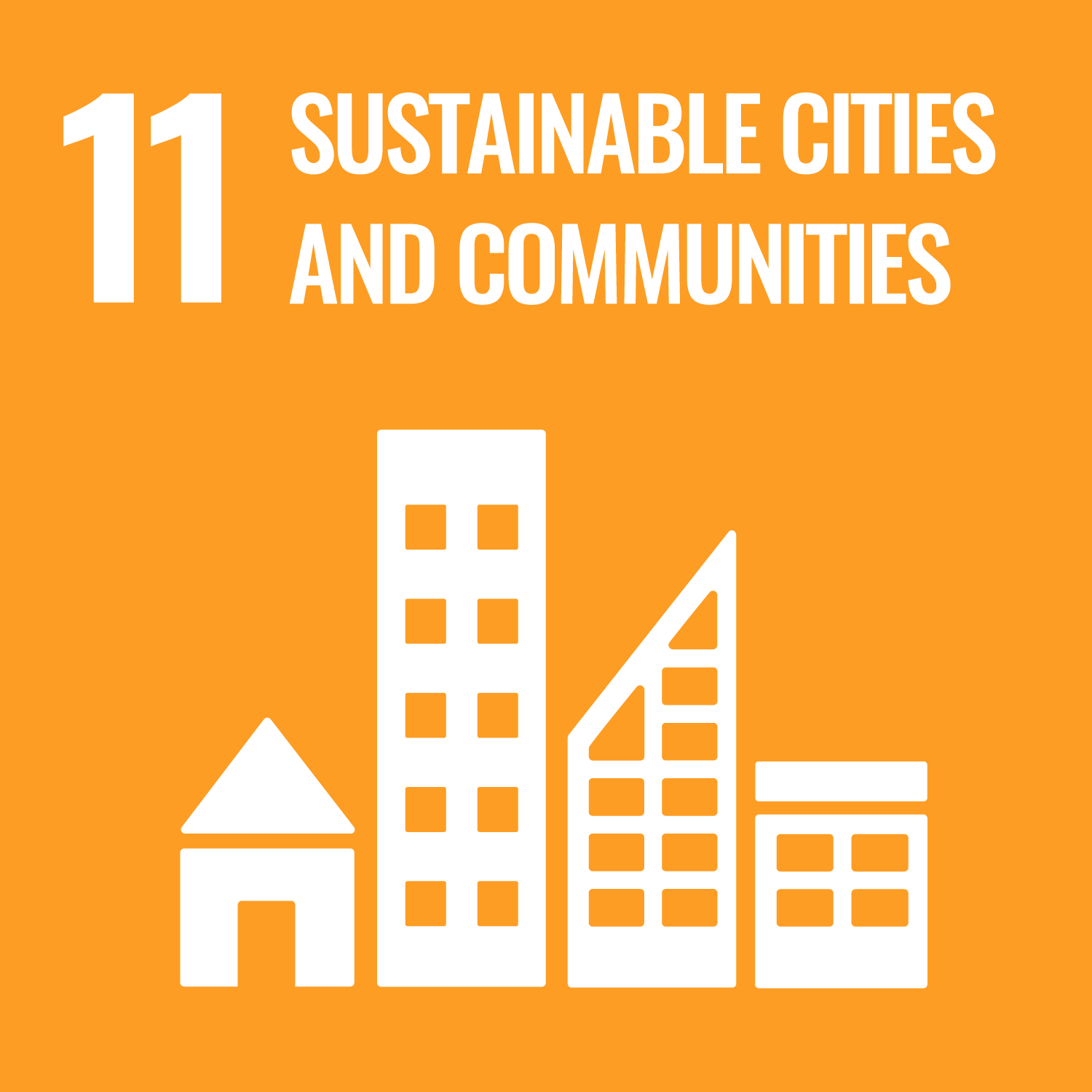The first World Engineering Day for Sustainable Development will be held 4 March 2020. To celebrate, we asked members of the profession how engineers can contribute to each of the 17 UN Sustainable Development Goals.
GOAL 11: Sustainable cities and communities
Cities are hubs for ideas, commerce, culture, science, productivity, social development and much more. However, there are challenges ahead to make sure they remain at their best.
The world’s cities occupy just 3 per cent of land, yet half of humanity – 3.5 billion people – lives in cities today and 5 billion people are projected to live in cities by 2030.

The term sustainable can also be defined as more than just being environmentally friendly, said Richard Palmer, Principal at Integral Group Australia and former Director of Sustainability at WSP Australia and New Zealand.
According to him, for cities the term means staying agile, preparing for turbulence and adapting to changing times.
Here’s an excerpt from an interview with him about how strengthening resilience today is a prerequisite for building sustainable cities of the future.
create: How do sustainability and resilience tie in with each other?
RICHARD PALMER: There’s a global discourse around resilience, which is led by the Stockholm Resilience Centre, an academic research organisation that looks at socio-ecological systems, global systemic impacts and areas where particular shocks could have a profound impact on some of those things that underpin our society in many ways.
But climate adaptation is now being framed very much as resilience. In an urban environment, in a changing climate, what do we do to manage the risks of major storm events or major heatwaves?
And then there’s another element of resilience, which is around social, political, economic and physical resilience. That’s the ability of cities to withstand shocks, whether that shock is a terrorist attack or a major storm event. Do we have the systems in place that allow people to bounce back quickly?
create: What sorts of things can engineers start looking at today to withstand shocks?
RP: It’s about embedding the climate resilience aspect. Understanding future risks and designing for them is an obvious first step. Starting to understand what elevated peak storm events mean in design terms. What do elevated wind events mean when considering a bridge? What are the heatwave events that might impact a major urban area of Western Sydney, for instance.
We are also looking broadly at how modal diversity can play a role in absorbing shocks. So across metropolitan Sydney, people’s access to multiple modes of transport is a concern. It puts a level of economic burden on those with multiple car ownership. In any kind of evacuation or emergency scenario, the lack of modal diversity has a material impact on a city’s ability to respond.
create: Who are the world leaders?
RP: Northern Europe and Scandinavia have always been strong in moving the needle on engineering and urbanism. A very interesting entrant into the space has been Side Walk Labs, a business within Alphabet, Google’s holding company. They have engaged with the Toronto waterfront and it is among the best work that I have seen in the public domain in terms of the future of cities with a sustainability and digital overlay.
We always tend to focus on rich cities but I think in many ways, there are a number of South American cities that are starting to get traction. Curitiba gets a lot of press for its bus rapid transit system, which I think is something we might be able to learn from.
Ready to celebrate engineers building a more sustainable world?
